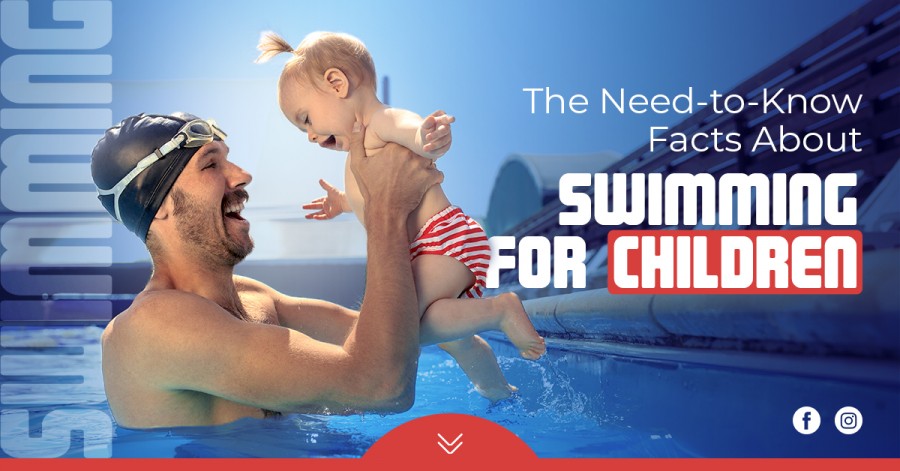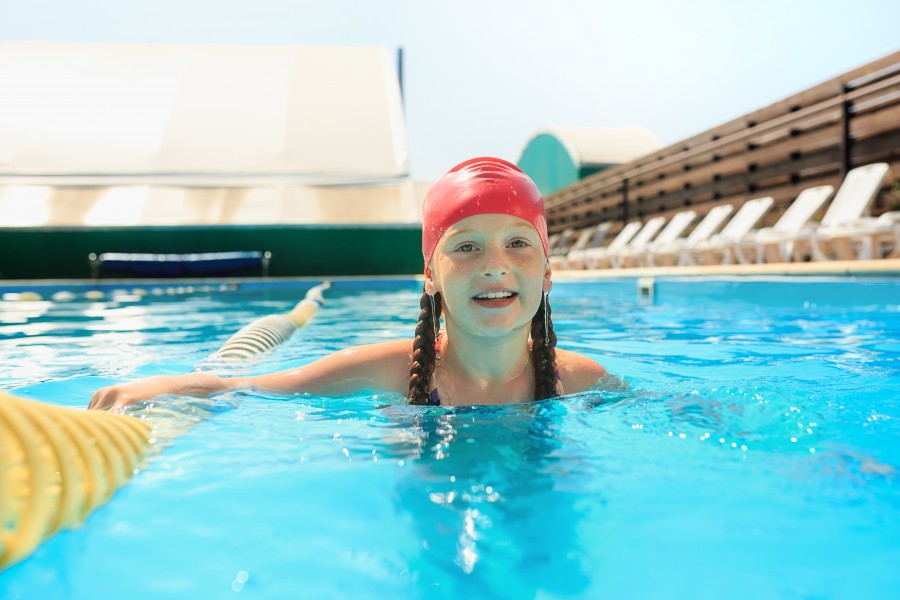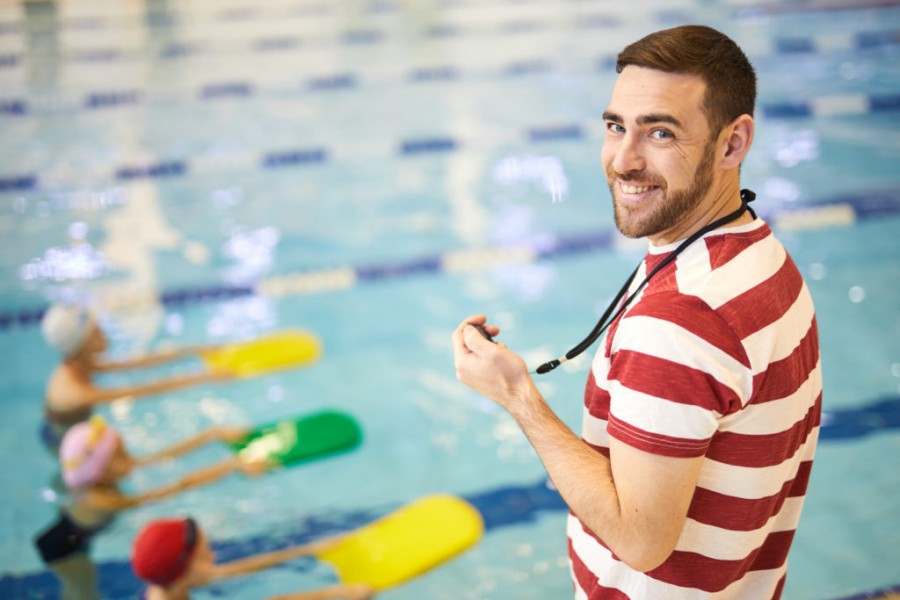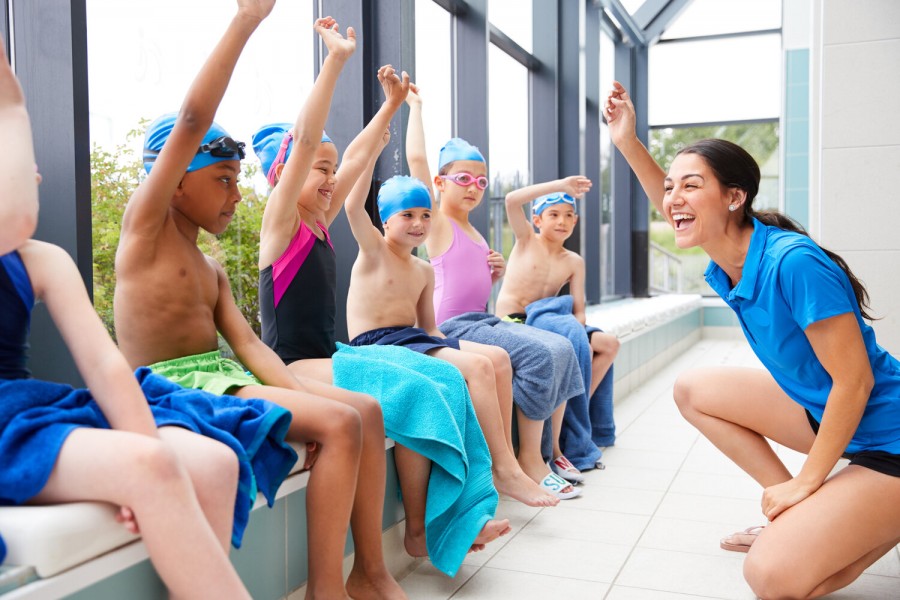The Need-to-Know Facts About Swimming for Children
Published 26 March 2021 at 19:33
Tickikids Blog Singapore > Digest > The Need-to-Know Facts About Swimming for Children

Swimming as a sport and recreation has long been celebrated for its dazzling holistic advantages; in the 1st century BCE, there is some evidence of swimming races in Japan. By the 17th century, an imperial edict had made the teaching of swimming compulsory in the schools, while the preliterate maritime peoples of the Pacific evidently taught their children swimming when they started walking or even earlier.
More to Discover: The Most Exciting Swimming Lessons for Kids in Singapore 2025
Meanwhile, noble Romans built swimming pools, distinct from their baths. And now children doing swimming continue to experience a raft of benefits including a boosted immune system, all-round development, a reduction of stress, survival principles, strategies and skills. Although it's not just the sparkling health benefits that lure little swimmers into the swimming pools or open water. Is it a little wonder that drowning is the 3rd leading cause of accidental death in children worldwide? There is no denying that the SwimSafer national water safety programme, which was introduced in Singapore in 2010, produces fantastic results. Nevertheless, parents need to do all they can to ensure their kids are taught swimming and water safety by the time they leave primary school – it is a basic life skill. It’s important to remember that children who appear water confident are not always competent swimmers. Your child doesn’t need to be a proficient swimmer, but the competence to surface, float, tread water and swim to where they are out of danger may save their life one day.
Trending Now: Best After-School Activities for Kids in Singapore

Photo Credit: Master1305 / Freepik
It doesn’t stop there! Here are a few facts parents need to know to help a child sail through swimming.
1. The best age to start swimming lessons is still a bit of a mystery for some parents. The sooner, the better? Bear in mind that research has shown that if children can’t swim by the age of nine, there is a risk they never will. Children develop cognitive skills to learn to swim by the age of four. They need to be able to listen, follow directions, and retain what they’ve learned, and that usually happens by around four years old, with some kids being ready a little earlier.
2. That said, swim lessons for infants and toddlers can be useful if they fall into the water, like getting back to the side of a pool. It undoubtedly makes them healthier and reduces the risk of drowning. However, the aim of swimming classes is, at this age, to remove the fear and instil a love of the water, but not to teach them strokes like crawl or butterfly, as they don’t yet have the psychological and physical maturity necessary to follow technical instructions.

Photo Credit: WavebreakMediaMicro / Adobe Stock
3. We are regularly told that the swimming pool must be safe and the pool operator is responsible for the health and safety of pool users and other people on the premises. Even if it sounds obvious, safety isn’t something you can assume. Our advice is to check it out yourself. Good pools should tick all the following boxes:
- the premises should be clean and maintained safely and efficiently;
- there should be a sufficient number of trained lifeguards with a first aid qualification that aren’t involved in training to ensure that children receive immediate attention if they are injured or taken ill at the pool since coachers can’t observe the pool and those who are swimming at all times throughout the class.
- there should be different water safety signs to communicate various warnings. Signs should display vital safety information in a suitable and well-positioned way. For example, to mark off areas of sudden changes in depth, where it is unsafe to swim or dive, instructions on how to use any equipment etc.
- have adequate and appropriate equipment and facilities, such as reaching or throwing equipment, life jackets and a first aid kit.

Photo Credit: Seventyfour / Adobe Stock
4. Coaches should have a nationally recognised swimming qualification specific to teaching babies, toddlers or older children, but it’s not always the case. Check for certifications from applicable authorities. They also should be trained in this swim school’s safeguarding policies and procedures.
5. When teaching in the water for young children and new swimmers, an ideal maximum teaching ratio is 1 swimming instructor to 6 learners, depending on pool facilities, pool depth, age of the learners etc. However, the instructor should be able to have all children within 1.5-meter reach and to observe the whole group and safely supervise them.
6. Swimming lessons need a curriculum to guide progression and children should be streamed according to their ability. Most swim lessons start by building confidence in the water from getting used to your face being submerged through to becoming proficient at different strokes. There should be a clear way that children are assessed, and a clear plan to progress their skills.

Photo Credit: By Monkey Business / Adobe Stock
7. Parents should be able to partially observe the lessons, however, it’s not necessary to be there the whole time as you are not the teacher. Young children should be able to learn without pressure from parents on the sidelines. Some pools have an observation deck and seating where you can watch discretely.
8. Being apprehensive of the water isn’t a reason not to learn to swim. It’s normal to be nervous about the water, most children with gentle but firm encouragement by the parent and the teacher quickly overcome the fears. Swimming teachers are well aware of the confidence-building exercises for non-swimmers that allow them to enjoy learning to swim.
9. Alway be aware that the ability to swim in a warm clean monitored swimming pool is very different from cold open water. Even the best swimmers can suffer from cold shock, muscle cramp and tiredness. Also, open water has extra hazards such as strong streams, currents and submerged obstacles that can cause a swimmer to become hurt, trapped, and disorientated. Only swim in open water where there are lifeguards.
By Anna Khan